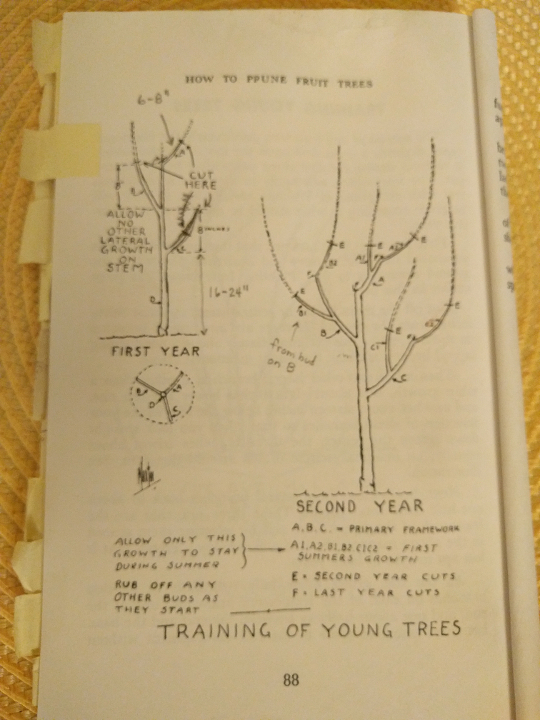@Lids, In our climate I find both are essential because the trees grow relatively fast. In terms of shaping trees I follow R. Sanford Martin’s guide to a T. However, for “pit” and “pome” fruits I also employ summer pruning for both training of young trees and total height control of mature trees. For these trees at my new home, they are at the stage of being topped at what most orchardists would call the top of the second scaffold; i.e., 5 feet. If I did not, many of the whips would be approaching 20’ high by the end of October (for those who are not aware: the daytime temperatures here are still easily in the high 70’s). So I top them now. I’m guessing that in October there will be whips near 8’. Fine. In January I’ll perform selective pruning as is so well described by R.S. Martin. Next summer I’ll decide whether there is enough infrastructure to control them at 8’ permanently or take them back down to 5’ for another year of training. I know that there are orchardists who successfully use “branch weighting” methods to shape their trees in their climates but due to the heavy bearing (thinning required) of properly maintained trees here, I find it unnecessary.
For anyone who takes a look at Martin’s book – reading the few pages on the training of young trees is a must – and note that as stated in each fruit section of the book the “training” does not apply to all trees.
